TECHNOLOGY
mmsvee24: What It Is, How It Works & Why It Matters
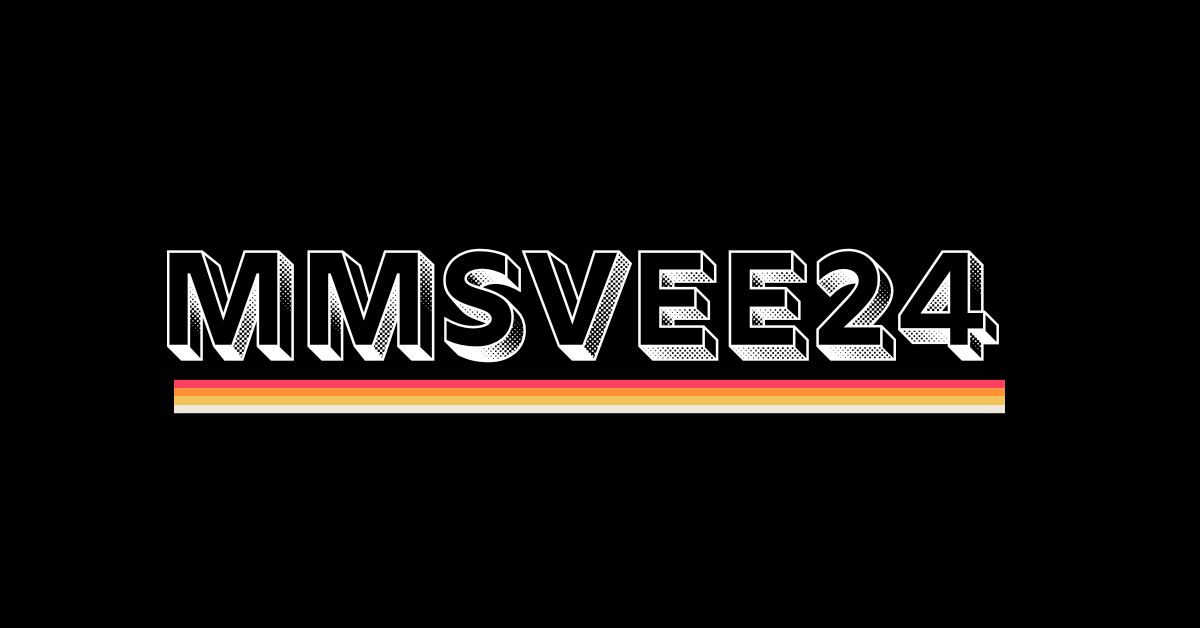
In today’s rapidly evolving digital landscape, technical identifiers like mmsvee24 often pop up across online platforms, leaving many users wondering about their true purpose and significance. Whether you stumbled upon the term during a server check, on a network dashboard, or within a specialized IT system, understanding what mmsvee24 actually is can help decode some of the complexities of digital systems. This article will explore the meaning, functionality, possible applications, and growing relevance of mmsvee24 in modern-day tech environments.
What Is mmsvee24?
At its core, mmsvee24 appears to be a system-generated technical identifier. While it doesn’t correlate with any widely documented software or protocol directly, many such labels are used internally within servers, device IDs, content delivery networks (CDNs), or even security-related tracking codes. These types of codes are commonly used to label specific tasks, identify software modules, or manage configuration versions. The identifier “mmsvee24” may serve a similar role in some enterprise-level systems.
How Technical Identifiers Work
Technical identifiers like mmsvee24 often serve the purpose of linking certain operations or modules in a tech stack. These identifiers are created to help backend systems work efficiently without interfering with user-facing content. They may be:
-
Debugging or diagnostic tools used by developers
-
Tags for load balancers and routing modules
-
Indicators for content versioning or resource updates
-
Temporary identifiers for session tracking
Possible Use Cases of mmsvee24
Given the naming convention, it’s possible mmsvee24 may be used in a system that involves multimedia services. The prefix “mms” could point toward multimedia messaging service, media management system, or mobile middleware service, while the rest of the identifier could refer to a version number, environment label, or specific configuration state.
If used within content delivery or media environments, mmsvee24 could play roles in:
-
Tracking video/audio resource requests
-
Identifying stream versions for CDN optimization
-
Logging error codes related to media delivery
-
Isolating specific client-side behaviors for QA purposes
Why Understanding Identifiers Matters
For developers, analysts, and IT support staff, knowing what an identifier represents can significantly cut down on debugging and problem-solving time. For example, if a CDN fails to deliver certain files correctly, identifiers like mmsvee24 help isolate the version or node causing the issue. Without such tags, tracing problems through massive server logs would become an impractical task.
Even for SEO analysts and web admins, identifiers showing up in analytics dashboards or referral reports could provide important clues. An unfamiliar entry like mmsvee24 in logs could be linked to bots, test environments, or even errors within custom scripts.
mmsvee24 and Data Privacy
In some cases, identifiers are also used for monitoring user interactions, though anonymously. If mmsvee24 is part of such a setup, it would be vital to understand how it aligns with privacy policies and data protection standards. Today’s regulations, like GDPR and CCPA, require that any tracking or tagging systems remain transparent and secure. Ensuring mmsvee24 or similar labels don’t inadvertently breach compliance is essential for digital platform owners.
Can It Be a Malware Identifier?
While there is no solid evidence linking mmsvee24 to malware or suspicious activity, it’s always a smart idea to cross-check unknown identifiers with antivirus databases and firewall logs. Some malware strains or rogue scripts disguise themselves with random-seeming alphanumeric codes. Therefore, if mmsvee24 appears alongside suspicious behavior—like slow server response or unknown outbound requests—it might warrant further security inspection.
How to Check If mmsvee24 Is Safe
You can determine whether mmsvee24 is harmless or part of a suspicious process by:
-
Reviewing server logs where the identifier appears
-
Checking for recurring patterns or errors linked to mmsvee24
-
Scanning affected files or processes using cybersecurity tools
-
Monitoring unusual traffic spikes or user-agent anomalies
Is It User-Facing or Backend Only?
Most identifiers like mmsvee24 are not meant to be seen by end users. They function silently behind the scenes, helping applications and services run efficiently. If you’re seeing this identifier in a user interface or public-facing link, it might suggest misconfiguration or a testing artifact accidentally pushed to production.
Dealing With Technical Labels as a Website Owner
If you run a WordPress, e-commerce, or custom-coded website and discover entries like mmsvee24 in logs or crawl reports, don’t panic. First, determine its origin. It may be part of a plugin or theme configuration, especially in advanced caching, performance tracking, or A/B testing tools. Once you identify the tool or plugin, consult the documentation to understand what that identifier does.
If it’s unrelated to any tool you’ve knowingly installed, then consider the following:
-
Run a malware or vulnerability scan
-
Contact your hosting provider for deeper inspection
-
Block strange behavior via .htaccess or firewall settings
What If You’re a Developer or Analyst?
If you’re working on a software stack and find mmsvee24 in your debugging console, understand that it could represent a test configuration or internal module version. Try to trace it back to the deployment notes, test logs, or continuous integration records. These identifiers are often added during agile sprints or automation sequences and might only be relevant in a specific release cycle.
The Importance of Transparent Naming Conventions
The presence of identifiers like mmsvee24 underscores the importance of maintaining clear naming standards in development. Arbitrary or opaque names can lead to confusion and delays during troubleshooting. Organizations that use such tags internally should document their naming logic and include identifiers in their tech wiki or internal SOPs. This avoids guesswork and helps future-proof your operations.
Conclusion
The technical identifier mmsvee24 may seem cryptic at first glance, but like many backend tags, it likely plays a critical role in organizing, tracking, or optimizing digital services. Whether you’re a developer trying to debug an issue, a webmaster reviewing server logs, or an SEO expert spotting unusual crawl entries, understanding such labels can offer valuable insights into your system’s inner workings. By staying informed and vigilant, you can ensure that identifiers like mmsvee24 serve their intended purpose without disrupting performance, security, or compliance.
TECHNOLOGY
Ovppyo: The Next Big Thing in Online Communities
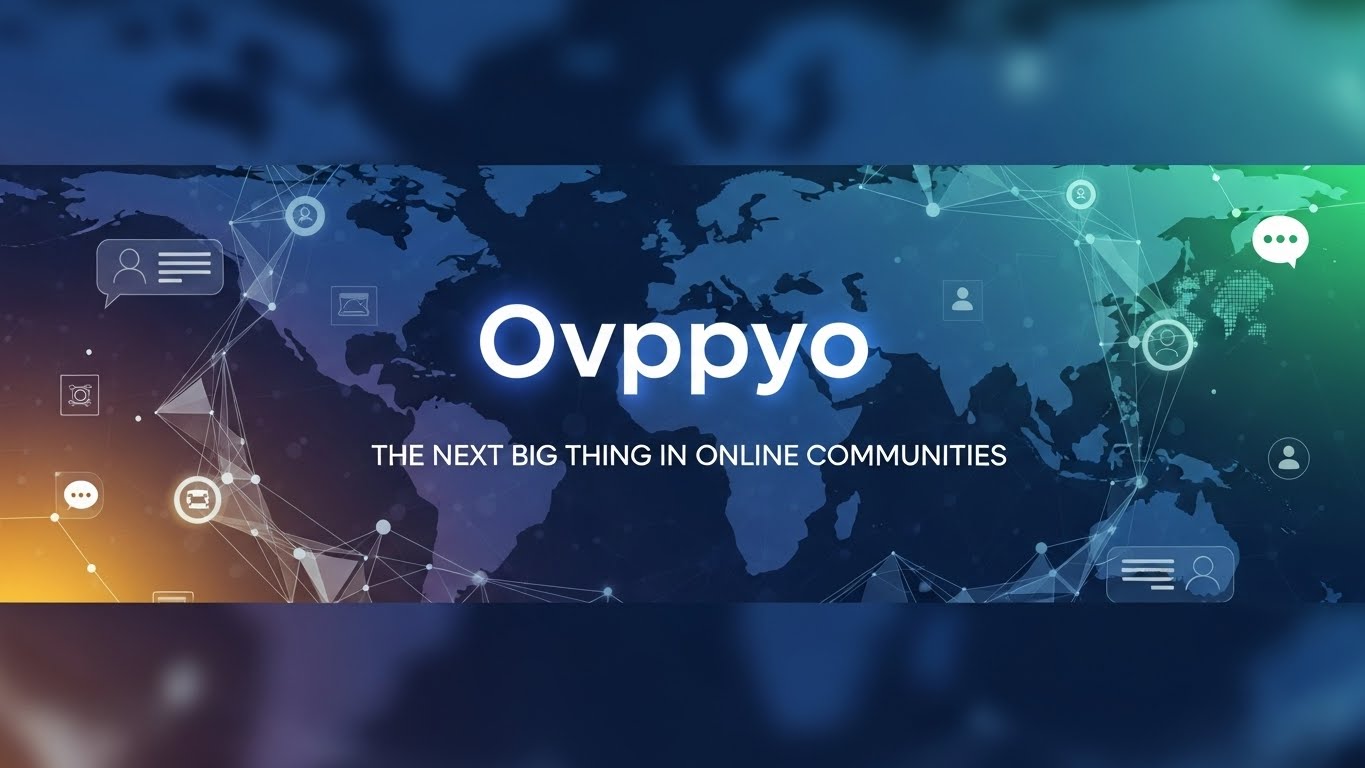
The digital landscape is constantly evolving, with new platforms emerging to redefine how we connect and share ideas. One such platform gaining traction is Ovppyo, a fresh take on online communities that promises to reshape the way users interact. If you’re looking for a space that fosters genuine connections, creativity, and collaboration, Ovppyo might just be your next favorite destination. With its innovative features and user-centric design, this platform is poised to become a cornerstone of online engagement. Dive in as we explore what makes Ovppyo stand out in the crowded world of virtual communities!
What is Ovppyo?
Ovppyo is a groundbreaking platform designed to foster genuine connections within online communities. It offers users an innovative space to interact, collaborate, and share ideas seamlessly.
At its core, Ovppyo combines the best elements of social media with community-building tools. Users can create personalized profiles while joining or forming groups that align with their interests. This unique aspect encourages meaningful engagement among members.
Unlike traditional forums or social networks, Ovppyo prioritizes quality interactions over sheer numbers. The user-friendly interface makes it easy for anyone to navigate and participate actively in discussions.
What sets Ovppyo apart is its focus on inclusivity and support. Members are encouraged to contribute positively, creating an environment where everyone feels valued and heard. With this fresh approach, Ovppyo aims to redefine how we connect online.
The Features and Benefits of Ovppyo
Ovppyo is packed with features designed to enhance user experience and foster genuine connections. Its intuitive interface allows for seamless navigation, making it easy for members to find topics that resonate with them.
The platform supports various multimedia formats, encouraging creativity and engagement. Users can share videos, images, and articles effortlessly while participating in discussions that matter.
Privacy settings are robust, ensuring a secure environment where users feel safe sharing their thoughts. This focus on safety promotes open dialogue among community members.
Additionally, Ovppyo incorporates gamification elements. Members earn rewards through participation and contributions. This not only motivates active involvement but also strengthens the sense of community belonging.
Customizable profiles allow users to showcase their personalities uniquely. This fosters deeper interactions as individuals connect over shared interests or experiences within the platform’s vibrant ecosystem.
How Ovppyo is Different from Other Online Communities
Ovppyo stands apart from traditional online communities by prioritizing engagement and genuine interactions. While many platforms focus on passive scrolling, Ovppyo encourages members to participate actively in discussions.
The platform’s unique algorithm curates content based on individual interests. This means users receive tailored recommendations, making each visit feel personalized and relevant.
Moreover, Ovppyo fosters a culture of collaboration. Unlike typical forums where threads can become cluttered with noise, this community emphasizes meaningful exchanges that lead to real connections and shared learning.
Security is another standout feature. With robust privacy settings, users have more control over their information compared to other networks that often monetize user data without consent.
Additionally, the innovative design makes navigation intuitive. Members can seamlessly explore topics or find like-minded individuals without feeling overwhelmed or lost in endless feeds. It’s all about creating a space where everyone feels valued and heard.
Success Stories of Ovppyo Users
Many users have found success through Ovppyo, transforming their passions into thriving communities. One user, Alex, created a space for aspiring artists to share tips and showcase their work. Within months, the group grew exponentially, fostering collaboration and connection.
Another inspiring story comes from Sarah, who started a wellness community focused on mental health support. Through regular discussions and shared resources, members reported feeling more empowered and understood in their journeys.
Then there’s Jamal’s tech forum that has become a go-to hub for developers seeking advice on coding challenges. The vibrant exchanges led to job opportunities and partnerships that might never have happened otherwise.
These stories highlight how Ovppyo can be more than just an online platform; it serves as a launchpad for ideas and relationships that flourish within its supportive environment. Each unique narrative showcases the true potential of building connections in this digital age.
Tips for Making the Most of Ovppyo
Engaging with Ovppyo can transform your online experience. Start by creating a complete profile that reflects your personality and interests. This helps others connect with you more authentically.
Join multiple groups relevant to your passions. Being active in diverse communities enriches your interactions and broadens your perspective.
Don’t hesitate to share content. Whether it’s articles, videos, or personal stories, sharing fosters engagement and invites discussion from fellow members.
Utilize the platform’s interactive features like polls or Q&A sessions. They encourage participation and can spark meaningful conversations among users.
Be open-minded when connecting with others. The beauty of Ovppyo lies in its diversity; embracing different viewpoints will enhance your community experience tremendously.
Potential Future Developments for Ovppyo
Ovppyo is poised for exciting advancements. As the community continues to grow, its developers are committed to enhancing user experience.
One potential update includes advanced AI features. This could lead to personalized content suggestions, making it easier for users to connect with relevant groups and topics.
Another area of development might focus on enhanced privacy settings. In a world where data security is paramount, Ovppyo aims to give users more control over their information and interactions.
Gamification elements could also be introduced. By adding rewards for participation or contributions, Ovppyo can encourage engagement in fun ways that keep users coming back.
Integration with other social platforms may help broaden its reach. Seamless sharing of content across networks can foster collaboration and interaction among diverse communities within Ovppyo’s ecosystem.
Conclusion
Ovppyo is more than just a platform; it’s a vibrant space for people to connect, share, and grow together. With its unique features and user-friendly interface, it stands out in the crowded landscape of online communities. Users have praised Ovppyo for fostering genuine relationships and providing tools that empower them.
The success stories emerging from this community highlight its potential as a catalyst for personal and professional growth. As more individuals discover the benefits of Ovppyo, there’s no doubt it will continue to evolve and improve based on user feedback.
As you embark on your journey with Ovppyo, remember to explore all its offerings fully. Engage with others actively, participate in discussions, and take advantage of the innovative tools available. The future looks bright for both users and the platform itself. Embrace this opportunity to be part of something transformative within online communities – who knows what connections await?
TECHNOLOGY
185.63.253.2pp: Insights for Tech Enthusiasts and Professionals

Welcome to the exciting world of 185.63.253.2pp! If you’re a tech enthusiast or a professional looking to stay ahead in today’s fast-paced digital landscape, you’ve come to the right place. This blog post is your gateway to understanding an intriguing aspect of technology that has garnered attention and curiosity among industry insiders.
As we unravel the layers of 185.63.253.2pp, you’ll discover its significance, evolution, and how it can enhance both your personal projects and professional endeavors. Whether you’re diving into this topic for the first time or seeking deeper insights, there’s plenty here for everyone who loves technology as much as we do! Let’s jump in and explore what makes 185.63.253.2pp so compelling.
What is 185.63.253.2pp?
185.63.253.2pp refers to a specific numerical address used in digital communication. It’s part of the Internet Protocol (IP) standard, which identifies devices on networks.
This particular sequence helps facilitate data transfer across various platforms and systems. By assigning a unique identifier, it ensures that information reaches its intended destination without confusion.
Understanding this concept is vital for tech enthusiasts and professionals alike. It serves as the foundation for networking principles and protocols that govern online interactions.
Within IT infrastructure, 185.63.253.2pp plays a crucial role in managing connectivity between servers, clients, and services globally. Exploring its intricacies unveils how modern technology operates seamlessly behind the scenes.
As we dive deeper into its significance, we can uncover more about how such identifiers impact our daily digital experiences.
History and Evolution of 185.63.253.2pp
The history of 185.63.253.2pp traces back to the early days of networking technology, emerging alongside advancements in digital communications.
Initially, it was a simple protocol used for basic data transmission. As tech evolved, so did its functionalities, branching out into more sophisticated applications.
With each iteration, developers sought to address security concerns and improve performance metrics. This adaptation allowed 185.63.253.2pp to maintain relevance amid rapid technological change.
By integrating with newer frameworks and systems, it transformed from a rudimentary tool into an integral part of modern networks.
As businesses recognized its potential benefits, adoption surged across various sectors—driving further innovation and refinement in its capabilities over time.
How 185.63.253.2pp Works
Understanding how 185.63.253.2pp operates is crucial for anyone interested in its capabilities.
This system functions primarily through a unique network protocol that allows seamless data transmission. It operates on specific standards that ensure efficiency and reliability.
Data packets are transmitted using advanced algorithms, optimizing speed and reducing latency. This makes it particularly appealing to tech enthusiasts who seek quick access to information.
Another key aspect is its robust security features. These protect users from potential breaches while maintaining high performance levels.
Users can interact with the system through various interfaces, enhancing accessibility for both professionals and casual users alike. The adaptability of 185.63.253.2pp ensures it can be integrated into different applications without significant hurdles.
Its operational framework provides a solid foundation for innovation in technology-driven environments.
Benefits for Tech Enthusiasts
Tech enthusiasts find immense value in 185.63.253.2pp due to its innovative capabilities. It offers a gateway to explore new technologies and trends, fueling their passion for discovery.
The platform encourages experimentation with unique tools and resources designed specifically for tech-savvy individuals. This hands-on approach allows them to test ideas in real-time, enhancing their learning experience.
Networking opportunities abound within the community surrounding 185.63.253.2pp. Enthusiasts can connect with like-minded individuals who share similar interests and goals, fostering collaboration on projects or ideas.
Access to exclusive content keeps tech lovers informed about the latest advancements in the field. Staying updated means they are always one step ahead in understanding emerging technologies.
Moreover, participating actively helps improve skills that are vital in today’s digital world—coding, problem-solving, and critical thinking—all while having fun along the way!
Benefits for Professionals
Professionals in the tech industry can gain a lot from 185.63.253.2pp. Its streamlined processes boost productivity, allowing teams to focus on innovation rather than mundane tasks.
With enhanced data management capabilities, professionals can make informed decisions quickly. This agility is crucial in today’s fast-paced environment where time-to-market often determines success.
Networking opportunities also abound through 185.63.253.2pp platforms. Tech experts can collaborate seamlessly across borders and disciplines, expanding their horizons and skill sets.
Moreover, continuous updates ensure that users are always equipped with the latest tools and technologies—keeping them ahead of the curve in an ever-evolving landscape.
Engagement with a community of like-minded professionals fosters growth both personally and professionally through shared knowledge and experiences.
Real-Life Examples and Case Studies
Real-life applications of 185.63.253.2pp illustrate its transformative potential across various industries.
For instance, a startup in the fintech sector utilized this technology to streamline transaction processes. By integrating 185.63.253.2pp, they reduced processing times significantly and improved customer satisfaction.
In education, a university adopted it to enhance online learning experiences for students worldwide. This approach facilitated seamless communication between instructors and learners.
A healthcare provider also leveraged 185.63.253.2pp for patient management systems, ensuring that sensitive data remained secure while providing quick access to medical records.
These examples highlight how diverse fields are harnessing the advantages of 185.63.253.2pp to drive innovation and efficiency in their operations.
Future Developments and Possibilities
The future of 185.63.253.2pp looks promising and multifaceted. As technology advances, this platform is expected to integrate enhanced security features, making online interactions safer for users.
Moreover, the potential for artificial intelligence integration could revolutionize how data is processed within 185.63.253.2pp systems. Imagine smart algorithms predicting user behavior or preferences based on past interactions.
Another exciting avenue lies in its scalability; as demand grows, we can anticipate more robust infrastructures supporting higher traffic volumes without sacrificing performance.
Collaboration between developers will likely accelerate innovation too, leading to a diverse range of applications that utilize 185.63.253.2pp’s capabilities in unexpected ways.
As industries evolve towards automation and efficiency maximization, embracing platforms like 185.63.253.2pp may become crucial for organizations aiming to stay competitive in their fields.
Conclusion
The world of technology continually evolves, and 185.63.253.2pp stands at the forefront of this progress, offering insights that captivate both tech enthusiasts and professionals alike. Understanding what 185.63.253.2pp is and its historical significance can provide a clearer perspective on current trends and innovations.
With its unique functionality, 185.63.253.2pp demonstrates how sophisticated technologies intertwine to create seamless user experiences and enhance operational efficiency for businesses everywhere.
For tech aficionados, exploring the benefits of utilizing 185.63.253.2pp opens doors to new possibilities in learning and innovation, while professionals can leverage it to streamline their processes or improve service delivery.
Real-life examples illustrate just how impactful implementing such technology can be in various sectors—from enhancing cybersecurity measures to optimizing cloud services—each case study providing valuable lessons on adaptability and foresight.
Looking ahead, future developments promise even more advancements tied to 185.63.253.2pp as industries aim for greater integration with emerging technologies like artificial intelligence and machine learning.
Embracing these changes fosters growth in skills for individuals keen on staying relevant within an increasingly competitive field while also equipping organizations with tools necessary for success as they navigate through digital transformations.
TECHNOLOGY
Quotela Net: Transforming the Way We Share Inspiration
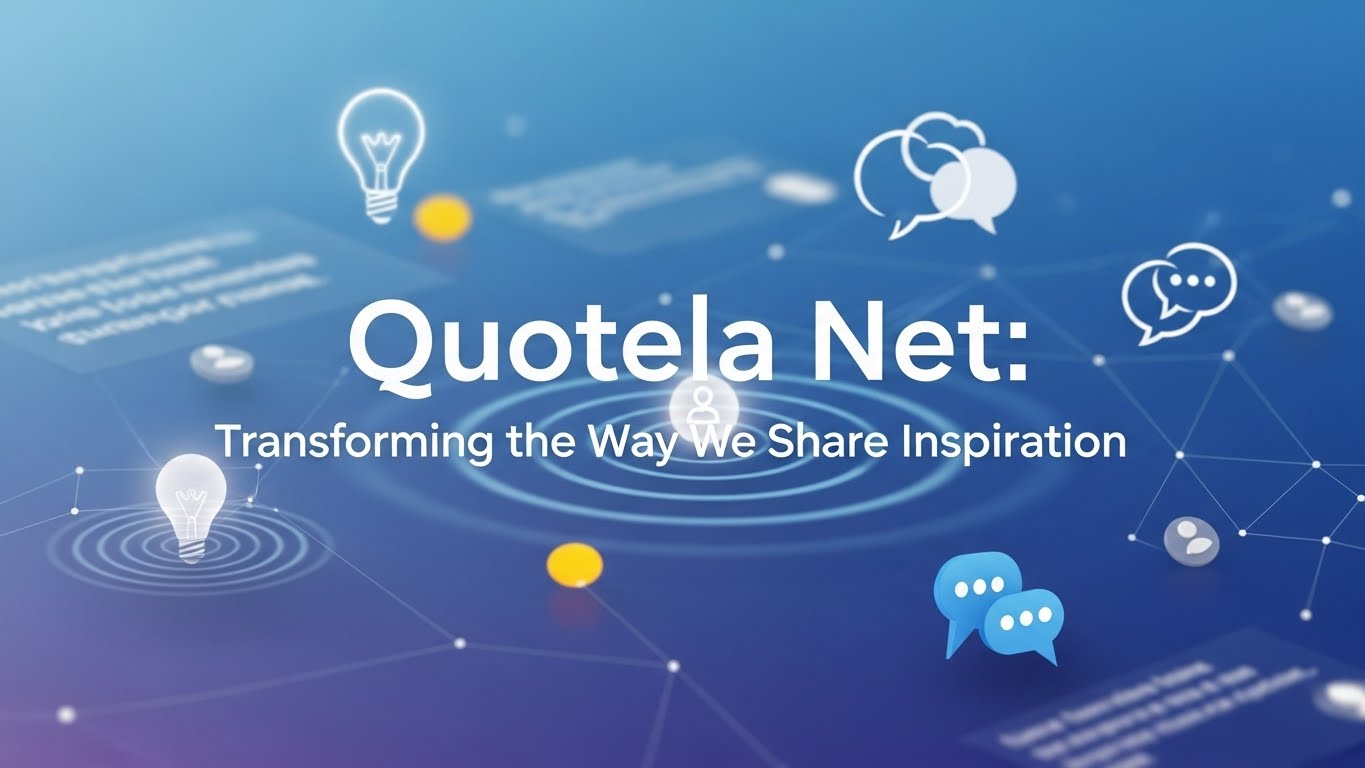
In a world overflowing with information, finding the right words to inspire us can often feel like searching for a needle in a haystack. Enter Quotela Net—a revolutionary platform designed to transform the way we share and receive inspiration. Imagine a space where thought-provoking quotes are just a click away, tailored to resonate with your unique journey and aspirations. Whether you’re seeking motivation for your next big project or simply want to uplift your day, Quotela Net connects you with powerful messages that speak directly to your soul. Let’s delve into what makes this platform so special and how it is reshaping our collective quest for inspiration.
What is Quotela Net?
Quotela Net is an innovative platform designed to share and discover quotes that inspire and motivate. It serves as a digital library where users can explore a vast collection of thoughts from various authors, thinkers, and influencers.
At its core, Quotela Net fosters a community-driven approach. Users can contribute their favorite quotes or even original thoughts, making the platform rich with diverse perspectives.
Navigating through Quotela Net is seamless. Whether you’re seeking wisdom on love, success, or personal growth, there’s something for everyone.
The design encourages interaction; users can like and comment on quotes they resonate with. This creates a vibrant space for discussion while spreading positivity across the network.
Quotela Net aims to uplift spirits by connecting people through powerful words that encourage reflection and action in everyday life.
The Founder’s Inspiration and Mission
The heart of Quotela Net lies in its founder’s journey. Inspired by the transformative power of words, they wanted to create a space where inspiration flows freely. It began with a simple realization: quotes can change lives.
Driven by personal experiences and a desire to uplift others, the founder set out on an ambitious mission. Their goal was to connect people through shared wisdom and insights. They envisioned a platform that transcends barriers and fosters creativity.
Every quote curated on Quotela Net reflects this vision. The platform is not just about sharing; it’s about creating connections among diverse voices from around the world. It encourages users to explore ideas, spark conversations, and find their voice within a supportive community.
This mission fuels continuous growth, as Quotela Net evolves into more than just an app—it’s becoming a movement centered around inspiration and unity.
How Quotela Net Works
Quotela Net operates as a dynamic platform designed for users to share and discover inspirational quotes effortlessly. Upon signing up, members gain access to a user-friendly interface that encourages creativity.
Users can create their own quote collections or explore thousands of existing ones. The search function allows for quick navigation through various categories, ensuring that inspiration is just a click away.
Sharing quotes has never been easier. Users can post directly on social media platforms or within the Quotela community, fostering connections and discussions around powerful messages.
Additionally, the feature of personalized feeds tailors content based on individual preferences, enhancing engagement with quotes that resonate personally. The seamless integration of multimedia elements also enriches each quote’s presentation.
In essence, Quotela Net transforms how we interact with words that inspire us daily by making the sharing process interactive and enjoyable.
Features and Benefits of Using Quotela Net
Quotela Net offers a seamless platform for sharing and discovering inspiration. Users can easily upload their favorite quotes, creating a rich tapestry of wisdom from diverse voices.
The user-friendly interface makes navigation effortless. With just a few clicks, you can explore various categories or search specific themes that resonate with you.
Collaborative features allow users to interact, comment, and even suggest edits to enhance content richness. This community-driven approach fosters deeper connections among like-minded individuals.
Additionally, Quotela Net supports multimedia integration, letting you pair quotes with images or videos for more impactful storytelling.
Customization options offer unique profiles where users can showcase personal collections and receive tailored recommendations based on preferences.
With its focus on engagement and creativity, Quotela Net transforms the way we share inspiration in our daily lives.
Success Stories from Quotela Net Users
Quotela Net has become a haven for individuals seeking motivation. Users from various backgrounds share how the platform transformed their daily lives.
One user, an aspiring writer, found solace in quotes that sparked creativity. Those words pushed her to finish her novel after years of hesitation.
Another user explained how helped him through tough times. The shared stories and uplifting messages created a sense of community he desperately needed during challenging months.
Coaches and mentors also benefit immensely. They regularly post inspirational content that resonates with their audience, creating deeper connections and fostering growth among followers.
These success stories highlight the powerful impact of sharing inspiration on Quotela Net’s platform. Each story is unique yet interconnected by the common goal of empowerment through words and community support.
Plans for the Future of Quotela Net
Quotela Net is on a path of continuous evolution. The team envisions expanding its platform to include more interactive features that foster creativity and connection among users.
One exciting possibility is the integration of multimedia content, allowing users to share not just quotes but also images and videos that inspire them. This could enhance storytelling and create richer experiences.
There are plans for community-driven challenges, encouraging members to participate in themed discussions or quote contests. Such initiatives would cultivate engagement and bring fresh ideas into the spotlight.
Moreover, aims to partner with influencers and thought leaders, amplifying diverse voices within the community. These collaborations could introduce new perspectives on inspiration while attracting wider audiences.
As technology evolves, so will Quotela Net’s approach—a commitment to remain relevant in how we connect through words and ideas.
Join the Community of Inspiration with Quotela Net
Quotela Net isn’t just a platform; it’s a vibrant community. Here, inspiration flows freely among users from all walks of life.
When you join, you become part of something larger than yourself. You can connect with like-minded individuals who share your passion for uplifting and motivating others.
Every day brings fresh ideas and perspectives that spark creativity. Users share their favorite quotes, thoughts on personal growth, and stories that resonate deeply.
Engagement is at the heart of this community. Sharing experiences not only inspires others but also fosters meaningful connections. You will find support as well as encouragement to chase dreams and overcome challenges.
Whether you’re looking to inspire or be inspired, Quotela Net offers a welcoming space where every voice matters. Join in today and help cultivate an atmosphere rich in motivation and positivity!
Conclusion
Quotela Net is not just a platform; it’s a movement. It brings together people from all walks of life, united by the desire to share and receive inspiration. Whether you’re seeking motivation or looking to inspire others, provides an engaging space tailored for you.
With unique features that encourage creativity and connection, this platform is transforming how we communicate ideas and emotions through quotes. Users have found success in sharing their stories and connecting with like-minded individuals, proving that inspiration can be contagious.
As Quotela Net continues to evolve, its mission remains clear: foster a community built on shared wisdom and positivity. Join this vibrant network today and experience the power of inspiration firsthand. Embrace your voice within this thriving community!
-
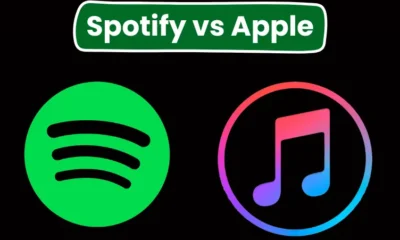
 Comparison10 months ago
Comparison10 months agoSpotify vs Apple Music: Which is the Better Music App in 2025?
-

 Blog7 months ago
Blog7 months agoDiscover the Power of digitalconnectmag.com: 5 Reasons Why It Matters Today
-

 ENTERTAINMENT9 months ago
ENTERTAINMENT9 months agoThe 15 Best Soap2day Alternatives for Streaming Movies & TV Shows in 2025
-

 TECHNOLOGY4 months ago
TECHNOLOGY4 months agoStarthb5: Your Gateway to Smarter Digital Innovation
-
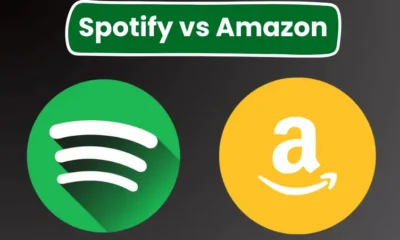
 Comparison10 months ago
Comparison10 months agoSpotify vs Amazon Music: Who is The Winner in 2025?
-
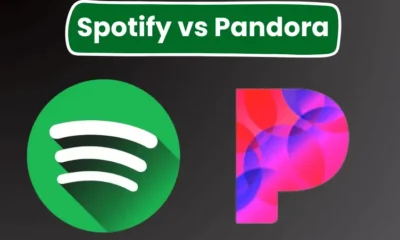
 Comparison10 months ago
Comparison10 months agoSpotify vs Pandora: Which is Better Service in 2025?
-
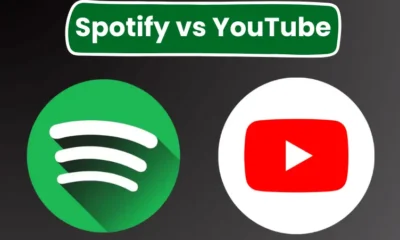
 Comparison10 months ago
Comparison10 months agoSpotify vs YouTube Music: Which is Better for You in 2025?
-

 BUSINESS9 months ago
BUSINESS9 months agoCostStatus.com#: Your Ultimate Guide to Money Management
